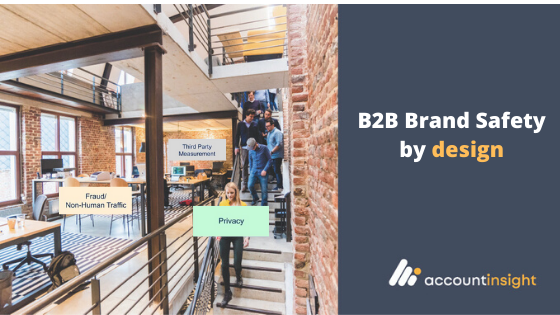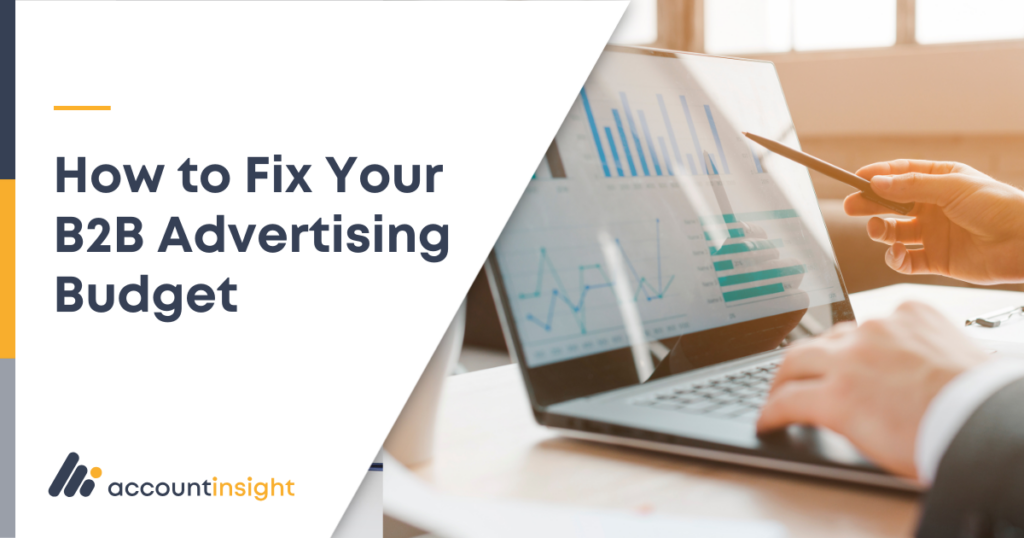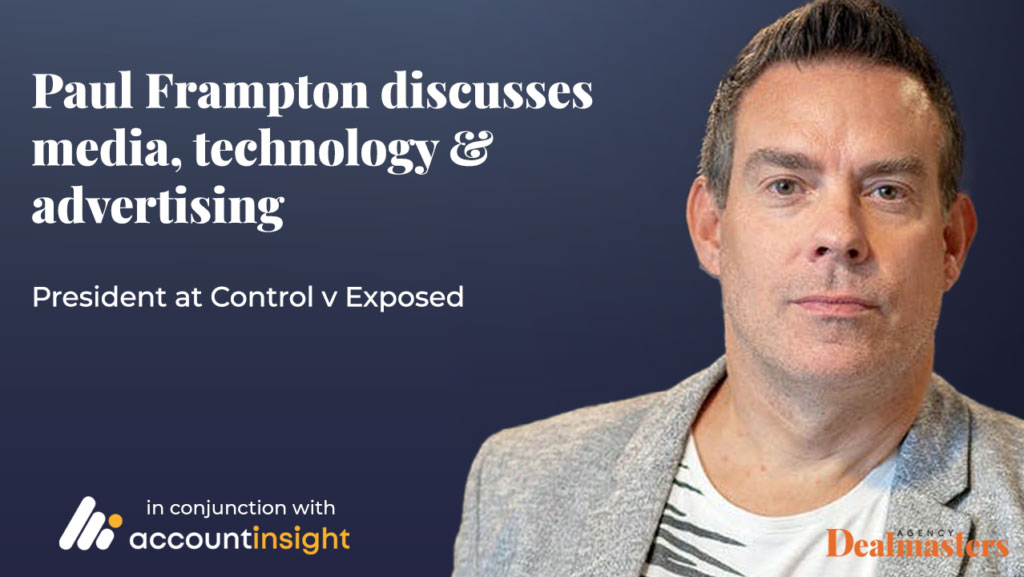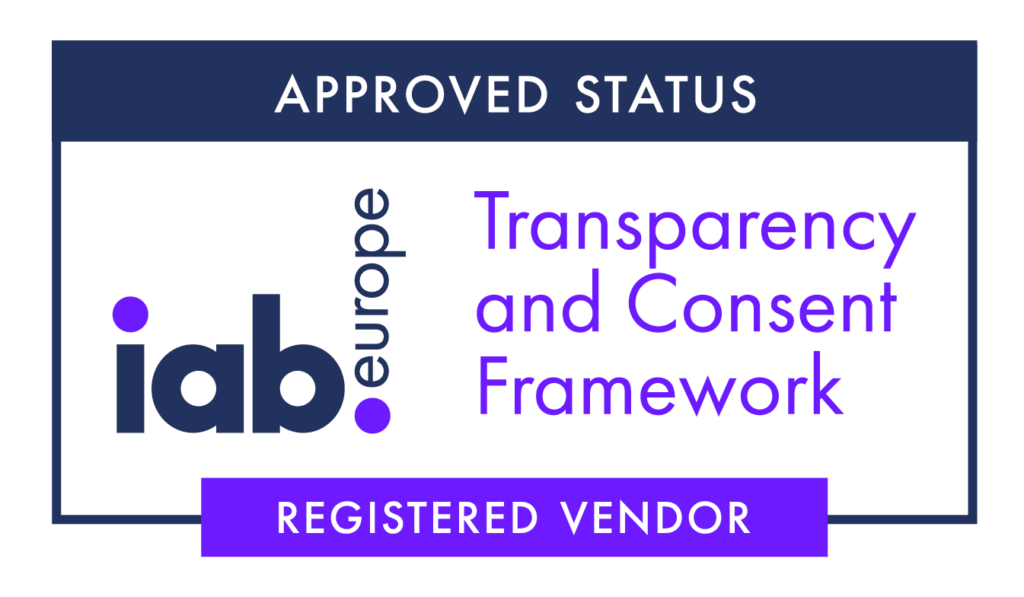Cheaply designed display solutions cause more harm than good to B2B brands. As much as the approach to safe contextual placement runs with a zero-tolerance attitude, we must remember that there’s a lot to consider when choosing a platform that’s right for your business: there are core outputs, data integrations, and the reporting suite.
However, for more advanced marketers and media agencies, the basics simply aren’t enough when the building of a brand is at stake: the answer is simple: demand brand safety by design, not just as an option.
Over the past years, we’ve seen plenty of programmatic platforms, both in our days at GroupM but also with external vendors, literally talking to tens of companies and hundreds of clever developers in the ad-tech ecosystem. Very often marketers are puzzled with differences in CPM that can vary in a ratio from 1 to 10. A big part of the answer to the question is the fight against fraud, & preservation of brand safety, the unsung hero in programmatic advertising.
Unfortunately, many ABM platforms treat B2B Display Advertising (Account Based Advertising) like an old pair of slippers. They do the job and although sometimes they look a bit jaded and threadbare, they are basically OK. Customers get enough impressions and clicks so at the end of the day, why rock the boat? And therein lies the problem. Keeping an eye for brand safety should be the starting point.
Let’s be honest, most of the bad press around display advertising has good reason to be. Over two-thirds of US marketers polled 18 months ago said they had been exposed to brand safety issues, at least once. Moreover, over 50% had suffered more than once, meaning that the issue is far from being under control. The top types of unsafe content that brands are exposed is disasters/tragedies, divisive politics and fake news.
The very nature and complex inventory chain of programmatic advertising transactions adds to the challenges of ABM Display Platforms protecting themselves from unsafe content.
Some of the questions that need handling are below.
Third party Measurement – i.e do they mark their own homework or will they allow for 3rd party measurement solutions – which typically will report issues like illegitimate sites, brand exposure to the wrong context…
Viewability – How many of the ads will actually be seen by the audience. Whereas aiming at 100% in programmatic is not optimal, if your ads appear in the wrong context and are not seen, certainly results will not come.
Fraud/ Non-human traffic. This is a known challenge in digital advertising as normally about 50% of internet traffic is fraudulent. In the advertising context, this can include from media sites of little value that offer their space for sale to non-human traffic. We have seen customers using some measurement tools that result in 100% over performance in campaigns just because they can not remove machine-clicks.
Whereas IP targeting is very efficient in removing this kind of errors, solutions around cookie pools – or audiences look-alikes, are certainly prone to these problems.
Brand Safety, which is not just the right inventory but the right context. ie. if you are a car manufacturer you most likely do not want to appear in articles next to a car crash.
Privacy – Is the solution compliant with GDPR or similar legislation?
Why is AccountInsight different?
Our starting point is media, not technology. As such, we have built AccountInsight from the ground up to be flexible, only for B2B targeting, transparent, efficient.
We believe B2B companies should invest in digital advertising that is viewable by a real human who is in our target audience in the right company, served in an appropriate editorial environment and underpinned by independent industry certification.
As such we are ideally placed to measure digital inventory quality and apply the brand safety tools to protect clients from risks in the digital supply chain.
An illustration as example is keyword detection, which allows for the filtering of unwanted topics from the available inventory. Or blacklists which helps ensure a better grip on safety and unwanted machine clicks.
Implemented correctly, brand safety will deliver B2B content in the right context. If the ground-work has been carried out properly,the basic building blocks are put into place, Programmatic B2B can be fully exploited by the marketing and sales departments.
Want to know more? Contact us













